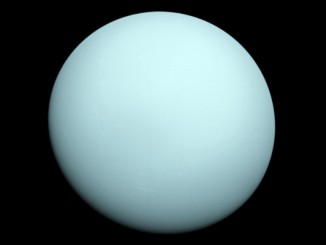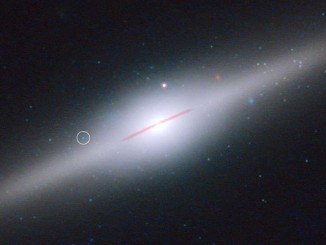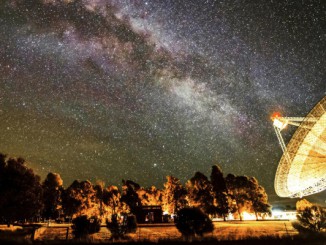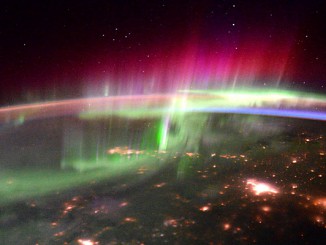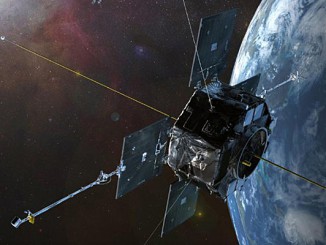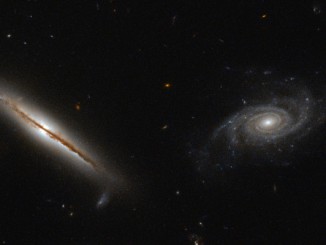
Giant radio jets from the wrong kind of galaxy
The edge-on spiral galaxy captured in this NASA/ESA Hubble Space Telescope image lies about one billion light-years away in the constellation of Eridanus. In 2003, the galaxy was discovered to possess giant jets of superheated gas emitting in the radio part of the spectrum. These jets have long been associated with the cores of giant elliptical galaxies, but are rare in spirals.

